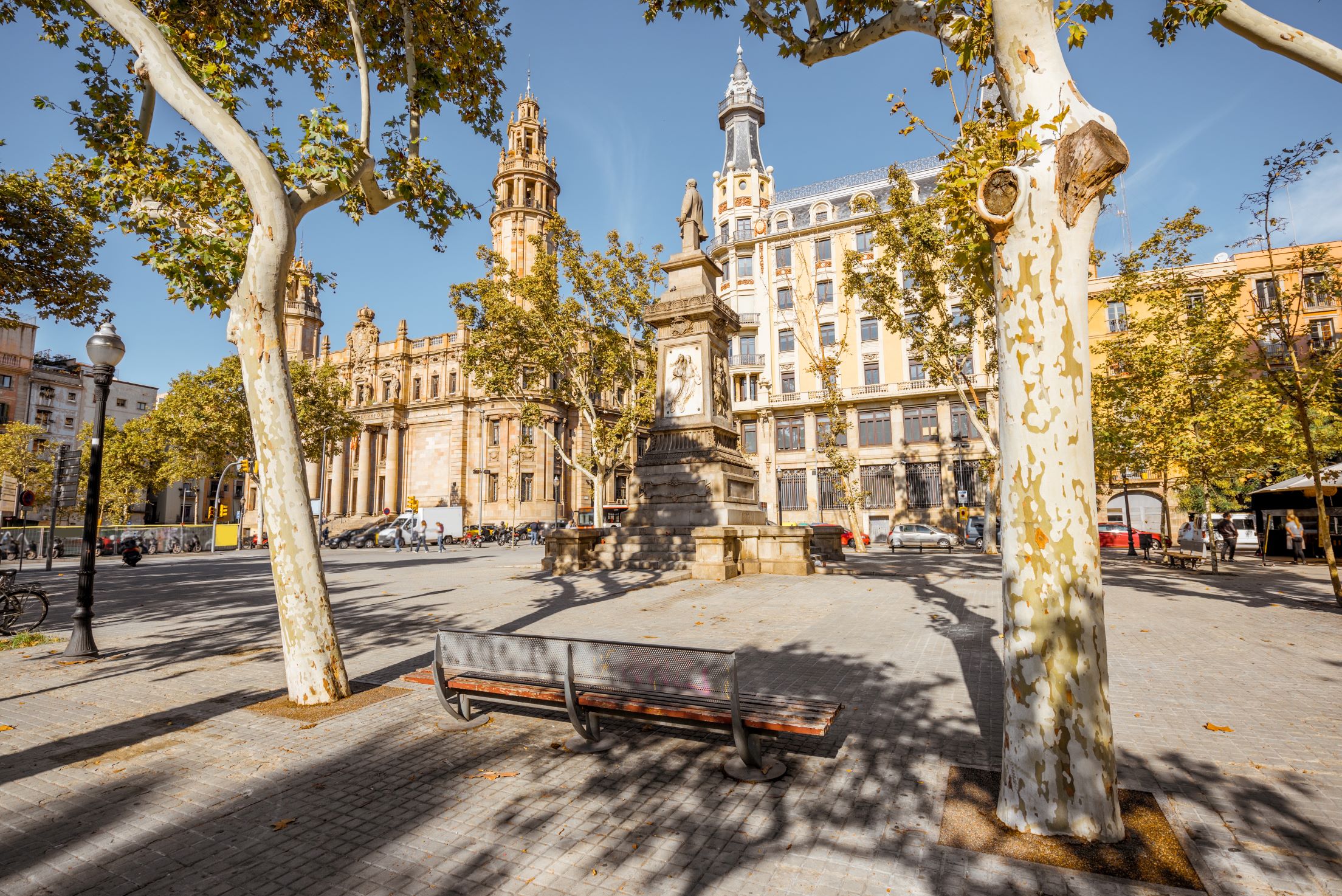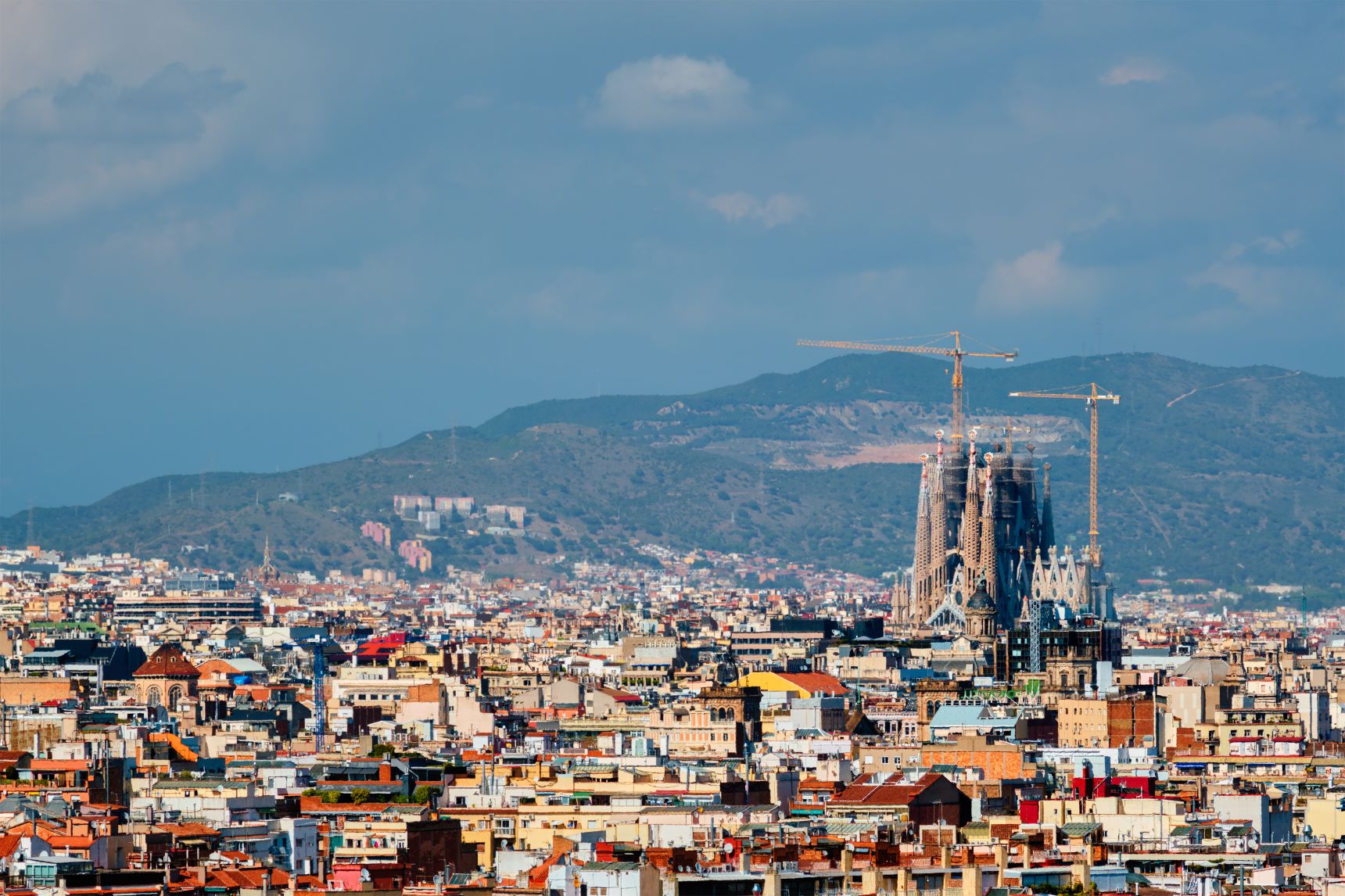
Barcelona Beyond the Beach: Exploring the City's Rich History and Culture
Barcelona, the capital of Catalonia, is a city steeped in a rich and diverse history that dates back over 2,000 years. From its Roman origins to its medieval and modernist periods, Barcelona's cultural heritage is a tapestry of influences that have shaped the city into the vibrant metropolis it is today. One of the most iconic symbols of Barcelona's historical heritage is the Gothic Quarter, or Barri Gòtic, a maze of narrow streets and charming squares that date back to the Roman era.
Here, visitors can explore ancient Roman walls, medieval palaces, and Gothic churches, immersing themselves in the city's rich historical tapestry. In addition to the Gothic Quarter, Barcelona boasts a wealth of architectural treasures that showcase its cultural heritage. The modernist movement, led by renowned architect Antoni Gaudí, left an indelible mark on the city, with landmarks such as the Sagrada Família, Park Güell, and Casa Batlló standing as testaments to this artistic and architectural legacy.
These sites not only exemplify Barcelona's cultural heritage but also serve as prime examples of the city's unique and innovative approach to art and design.
Beyond the Beach: Top Cultural Attractions in Barcelona
Discovering Picasso's Early Years
One of the must-visit sites in Barcelona is the Museu Picasso, dedicated to showcasing the formative years of the legendary artist Pablo Picasso. Housed in five adjoining medieval palaces in the heart of the Gothic Quarter, the museum features an extensive collection of Picasso's early works, providing insight into his artistic evolution and the influence of Barcelona on his formative years.
Contemporary Art in Barcelona
For those interested in contemporary art, the Museu d'Art Contemporani de Barcelona (MACBA) is a hub of creativity and innovation. The museum's striking modern building, designed by American architect Richard Meier, houses an impressive collection of contemporary art from the mid-20th century to the present day.
Exploring the City's Vibrant Art Scene
Visitors can explore works by renowned artists such as Antoni Tàpies, Paul Klee, and Jean-Michel Basquiat, making it a must-see destination for art enthusiasts seeking to delve into Barcelona's vibrant contemporary art scene.
Delving into Barcelona's Historical Landmarks: A Tourist's Guide
Barcelona's historical landmarks offer visitors a captivating journey through time, from ancient Roman ruins to medieval marvels and modernist masterpieces. La Rambla, a bustling tree-lined boulevard that stretches from Plaça de Catalunya to the waterfront, is a vibrant hub of activity and a microcosm of Barcelona's diverse cultural heritage. Along this iconic thoroughfare, visitors can explore historic buildings, street performers, local markets, and an array of cafes and restaurants, immersing themselves in the city's dynamic atmosphere.
Another historical landmark not to be missed is the Palau de la Música Catalana, a stunning concert hall renowned for its exquisite modernist architecture and rich artistic heritage. Designed by architect Lluís Domènech i Montaner, the Palau de la Música Catalana is a UNESCO World Heritage site that showcases the beauty of Catalan modernism through its intricate stained glass windows, ornate mosaics, and sculptural elements. Guided tours offer visitors the opportunity to explore this architectural gem and learn about its historical significance in Barcelona's cultural landscape.
While Barcelona's iconic landmarks draw millions of visitors each year, the city is also home to hidden gems that offer unique insights into its cultural heritage. The Hospital de Sant Pau, a modernist masterpiece designed by architect Lluís Domènech i Montaner, is a lesser-known treasure that captivates visitors with its stunning architecture and historical significance. This former hospital complex features a series of pavilions adorned with colorful mosaics, intricate carvings, and lush gardens, providing a serene retreat from the bustling city streets.
For a glimpse into Barcelona's maritime history, the Maritime Museum (Museu Marítim) offers a fascinating exploration of the city's seafaring past. Housed in the historic Royal Shipyard building at the foot of Montjuïc hill, the museum showcases an extensive collection of maritime artifacts, ship models, and interactive exhibits that highlight Barcelona's maritime traditions and global connections. Visitors can also explore full-scale replicas of historic vessels and learn about the city's role as a maritime powerhouse throughout the ages.
Barcelona's historical sites are an integral part of the city's allure, drawing visitors from around the world to experience its rich cultural tapestry. The imposing Montjuïc Castle, perched atop Montjuïc hill overlooking the city and the Mediterranean Sea, offers panoramic views and a glimpse into Barcelona's military history. Originally built as a fortress in the 17th century, the castle has served various purposes over the centuries and now stands as a testament to Barcelona's strategic significance and architectural legacy.
Another must-see historical site is the Palau Güell, an architectural gem designed by Antoni Gaudí for industrial tycoon Eusebi Güell. This opulent mansion showcases Gaudí's innovative approach to design and craftsmanship, featuring intricate ironwork, colorful mosaics, and imaginative architectural elements that reflect his unique artistic vision. Visitors can explore the lavish interiors and rooftop terrace adorned with whimsical chimneys and sculptures, gaining insight into Gaudí's creative genius and his lasting impact on Barcelona's architectural landscape.
Beyond the Beach: Exploring Barcelona's Top Cultural Attractions
Beyond its sun-soaked beaches and vibrant nightlife, Barcelona offers a wealth of cultural attractions that cater to diverse interests and passions. The Palau de la Generalitat de Catalunya, an iconic seat of Catalan government located in the heart of the Gothic Quarter, is a historical and architectural marvel that showcases the region's political heritage. Guided tours provide access to its ornate chambers, grand staircase, and lush inner courtyard, offering visitors a glimpse into Catalonia's governance and historical significance.
For a deeper understanding of Barcelona's cultural heritage, a visit to the Museu Nacional d'Art de Catalunya (MNAC) is essential. Housed in the majestic Palau Nacional atop Montjuïc hill, the museum boasts an extensive collection of Catalan art spanning from Romanesque frescoes to modernist masterpieces. Visitors can admire works by renowned artists such as El Greco, Velázquez, and Goya while immersing themselves in Catalonia's artistic legacy through diverse exhibitions and educational programs.
Barcelona's Rich History: Top Cultural Attractions for Tourists
Barcelona's rich history is interwoven with its top cultural attractions, offering tourists an immersive journey through centuries of artistic expression, architectural innovation, and historical significance. The Santa Maria del Mar basilica, an exquisite example of Catalan Gothic architecture nestled in the El Born district, is a testament to Barcelona's religious heritage and artistic prowess. Its soaring nave, intricate rose window, and sculptural details exemplify the city's medieval architectural splendor.
To delve into Barcelona's literary legacy, a visit to El Raval neighborhood is a must for book lovers and history enthusiasts alike. This vibrant district is home to the Gran Teatre del Liceu, one of Europe's most prestigious opera houses with a storied past dating back to the 19th century. Visitors can explore its opulent interiors and attend world-class performances while discovering its role in shaping Barcelona's cultural identity as a hub for music and performing arts.
My final thoughts, Barcelona's rich history and cultural heritage are showcased through a myriad of attractions that cater to diverse interests and passions. From ancient landmarks to contemporary art museums, hidden gems to must-see historical sites, the city offers an immersive experience that captivates visitors with its depth and diversity. Whether exploring its medieval streets or admiring modernist masterpieces, Barcelona invites tourists to uncover its cultural tapestry beyond the allure of its beautiful beaches.










